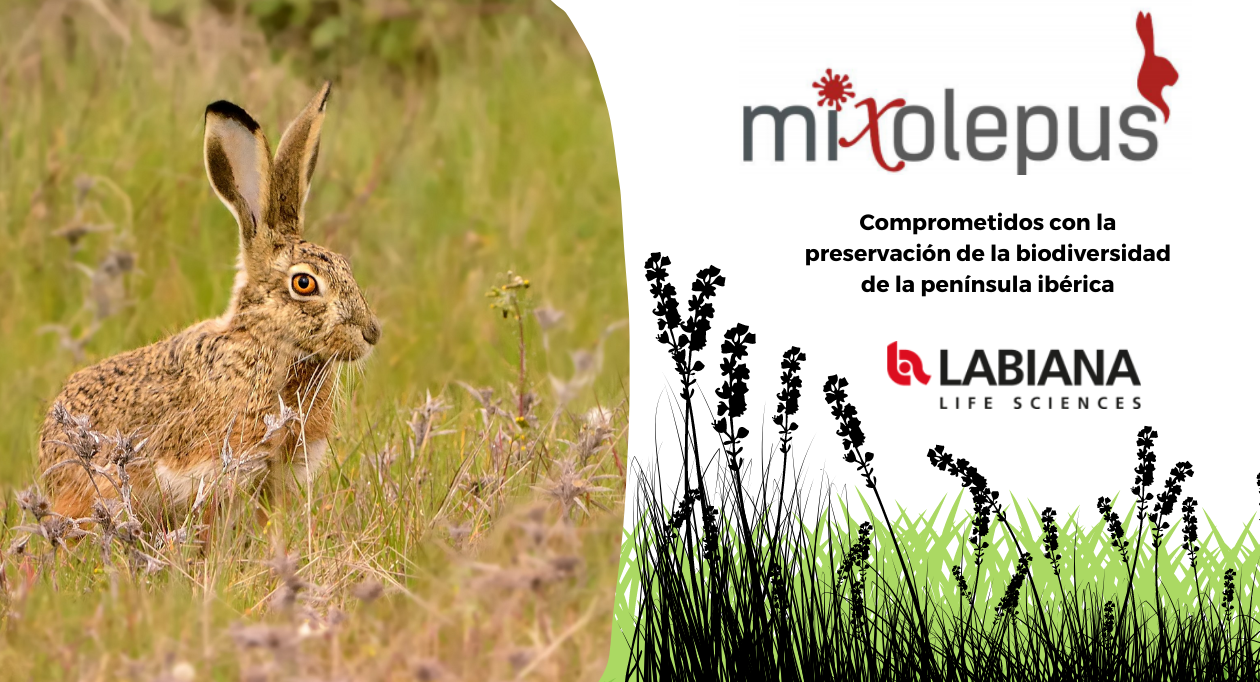This website uses cookies to offer you the best possible user experience. Cookies’ information is stored in your browser and performs functions such as recognizing when you return to our website or helping our team to understand which sections of the website you find most interesting and useful. More information in the privacy policy and cookie policy!

Introduction
Myxomatosis is a widespread and lethal viral disease of the common rabbit (Oryctolagus cuniculus) caused by the Myxoma virus (VMIX), a member of the family Poxviridae. Myxomatosis natural hosts are two leporids: Sylvilagus brasiliensis in South America (South American strains), and S. bachmani (Californian strains) in California, USA.
However, after intentional introductions in Australia and Europe as a biological control mechanism for wild rabbits, VMIX currently has a worldwide distribution. It is endemic in wild common rabbit populations and can be transmitted to production or laboratory rabbits and rabbits raised as pets. So far, myxomatosis remains the main infectious threat to cuniculture.
Recent History
Until 2018, the cases of myxomatosis that had been detected in hares had been sporadic and with low mortality rates. The outbreak of myxomatosis in hare, which appeared in mid-2018 in Spain, has been produced by a new strain of virus that is causing high mortality rates in hares.
Control of myxomatosis is an imperative to maintain hare populations in geographical areas where hunting is an essential part of agricultural economy or rural development.
Projects of Labiana
The project Mixolepus – in collaboration with Artemisan Foundation, CReSA (Centre de Recerca en Sanitat Animal), IRTA (Agro-food Research and Technology) and the Spanish Ministry of Agriculture, Fisheries and Food – attempts to establish the similarities/differences between the classic myxomatosis virus and the virus isolated from hares. In addition, it is also examining the protective effect of vaccines already on the market.
During research, a new ELISA serological diagnostic technique has already been developed to detect the new variant of the virus. In addition, it has been observed that the vaccines currently on the market do not provide adequate protection to hares against the new variant. Given this situation, different ways are being studied to develop effective vaccines against this disease for hares and rabbits.
Labiana thanks to the innovative initiatives carried out within its policy of diversification and verticalization of new developments in niche markets, together with the recent acquisitions made for the development of immunological drugs, is the most involved company since the first evidence of the existence of the myxomatosis.








